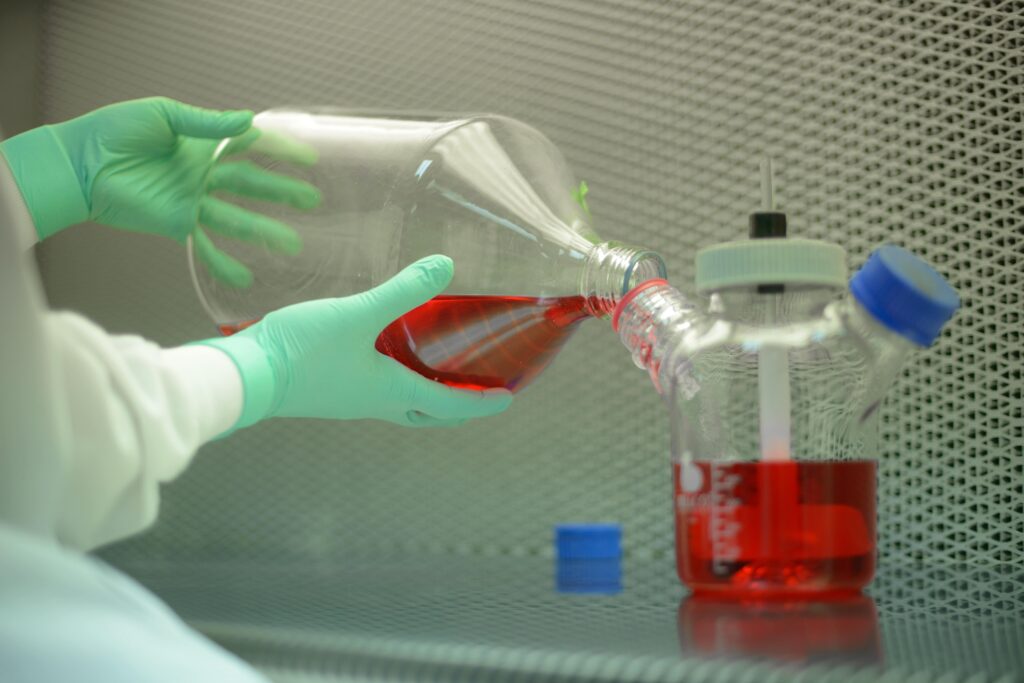Exploring Essential Supplements for Mammalian Cell Culture Success
Introduction
Mammalian cell culture is a vital technique in biotechnology and medical research, allowing scientists to study and manipulate cells in a controlled environment. To ensure optimal growth and functionality, it’s crucial to provide the right supplements to the cells. In this blog post, we will delve into various types of mammalian cell culture supplements and their importance.
Types of Mammalian Cell Culture Supplements
-
Serum:
- Serum is a common supplement, derived from the blood of animals, often cows or horses.
- It provides essential nutrients such as growth factors, hormones, and attachment factors.
- Serum can be fetal bovine serum (FBS), which is widely used due to its compatibility with various cell types.
-
Nutrient Media:
- Nutrient media, like Dulbecco’s Modified Eagle Medium (DMEM) or RPMI-1640, contain a balanced mixture of amino acids, vitamins, minerals, and glucose.
- These media are essential for cell growth, maintaining osmotic balance, and supporting metabolic processes.
-
Growth Factors:
- Growth factors are proteins that stimulate cell proliferation and differentiation.
- Examples include Epidermal Growth Factor (EGF), Fibroblast Growth Factor (FGF), and Platelet-Derived Growth Factor (PDGF).
- Researchers often add these factors to the culture medium in specific concentrations to enhance cell growth and behavior.
-
Hormones:
- Hormones like insulin and hydrocortisone can influence cell behavior by regulating metabolism and cell signaling.
- They are particularly crucial when culturing cells with specialized functions, such as beta cells in the pancreas.
-
Antibiotics and Antimycotics:
- These supplements protect cell cultures from contamination by bacteria, fungi, and other microorganisms.
- Common choices include penicillin, streptomycin, and amphotericin B.
-
Attachment Factors:
- Attachment factors help cells adhere to the culture dish or flask.
- Fibronectin, collagen, and laminin are commonly used to improve cell attachment, especially for anchorage-dependent cells.
-
Buffer Systems:
- Maintaining the pH of the culture medium is crucial for cell health.
- Buffers like HEPES or bicarbonate are used to stabilize pH levels and prevent cellular stress.
-
Lipids and Lipid Supplements:
- Lipids are necessary for cell membrane formation and signaling pathways.
- Some media formulations may require the addition of lipid supplements like bovine serum albumin (BSA) or lipid-rich serum.
Conclusion
Successful mammalian cell culture relies on a careful selection of supplements to provide the necessary nutrients, growth factors, and protection against contamination. Researchers must tailor their culture medium to the specific requirements of the cell type they are working with. By understanding the role of each supplement and maintaining a balanced and controlled environment, scientists can ensure robust and reliable results in their cell culture experiments. Contact us to discuss ways we can optimize your cell culture.

